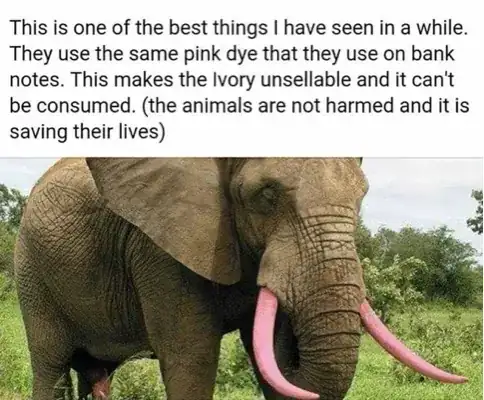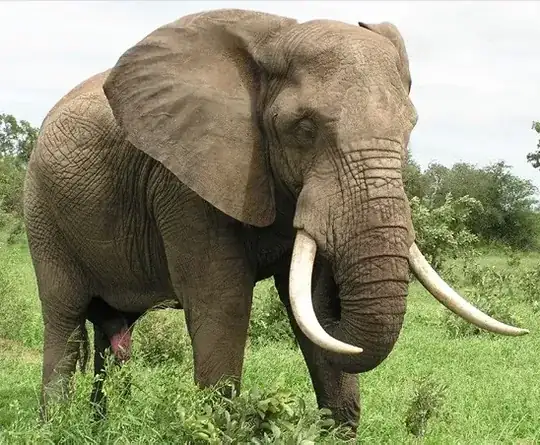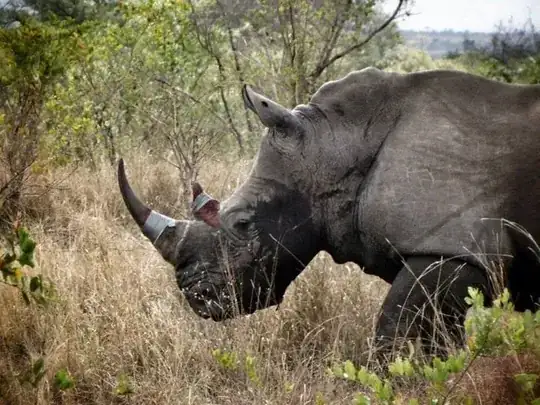Recently, I've often seen this image claiming that some people are dying elephant tusks to prevent individuals from hunting them.

Has this actually been done? Is it common?
Initially, this seemed a fair idea. However, implementing a staining program seems extremely complicated and, probably, prohibitively expensive.
First of all, the dye should be absolutely unharmful for the elephant and the environment around him; researchers do not know how a different color of the tusks could affect the elephant's life.
The dye should be capable of staining the whole length of the elephant's tusk, which protrudes into the skull. And of course, tusks grow too; dye should obviously be reapplied as soon as new growth reappears: even a small quantity of ivory holds great value to a poacher.
Moreover, a delivery method not requiring anestethics should be found: they are expensive and tranquilizing an animal involves risk to the people and the animal.

